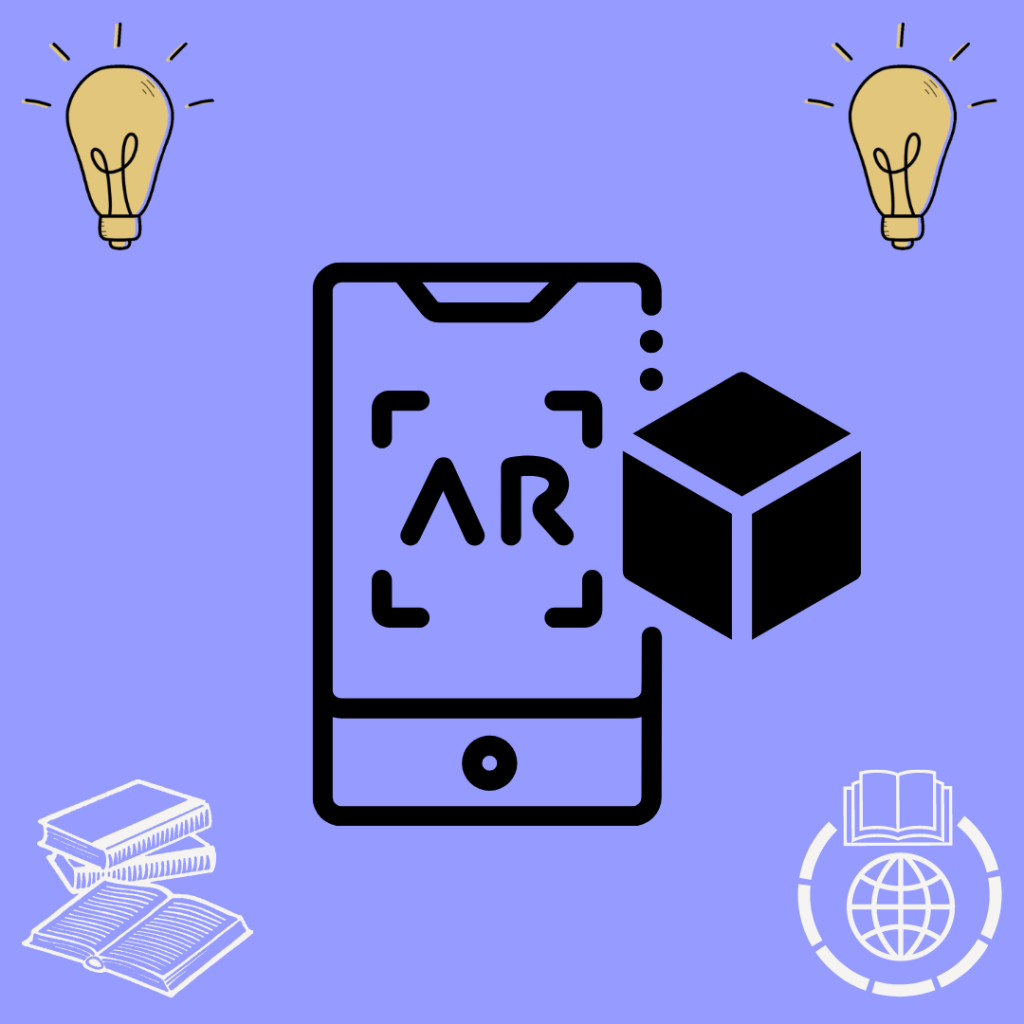The education industry has been slowly but certainly changed by augmented reality (AR), which digitizes classroom instruction and makes training more varied and participatory.
Nonetheless, with so many new products entering the market every day, educators need to think carefully about what would be beneficial to their curriculum and will be worth their money. It’s important to comprehend the technology and what it offers in order to decide whether AR will always meet their needs.

Mobile augmented reality can benefit learners of all ages, from young children through primary school students to college and university students, if used effectively. And most recently, augmented reality (AR) has been used to support workers in a variety of disciplines with on-the-job training and recruiting inside specialised industries to aid in the understanding of complex concepts and interactive learning.
- The main advantages of augmented reality as a teaching tool are:
- There is no need to generate fresh content when AR can be readily used to resuscitate existing resources.
- Learners can access AR content from any location using their own devices.
- AR can aid trainers and instructors in communicating difficult concepts
- Instead of replacing existing learning methods, augmented reality (AR) enhances them by offering more opportunities for visual learning.
- AR doesn’t require students to purchase pricey materials or specialised equipment.
- AR has gamification potential, and nearly 68% of learners say that gamified courses are more or much more inspiring than conventional ones. AR helps to keep attention on a certain item or topic for longer.

AR in education
- AR is being used in educational settings more frequently, frequently to assist pupils with challenging subjects. Students who struggle with geometry, for instance, can utilise augmented reality to view and edit 3D geometric structures. Teaching global perspectives through virtual field trips, which allow pupils to interact with other cultures, is another way that augmented reality is used in education.
- AR offers educators the chance to assist pupils in understanding difficult ideas. Teachers can improve learning experiences in the classroom, impart new knowledge, stimulate students’ minds, and pique their interest in pursuing new academic pursuits by utilising the interaction and experimentation that AR technology provides.
Advantages of AR
AR can have a big impact on classroom settings:
Interest and involvement of the class:
When given the chance to participate in the creation of educational content, student enthusiasm soars. They can contribute to the curriculum, build virtual worlds, and discover new hobbies thanks to AR technologies.
Learning environment:
Courses that use AR can encourage participation from the students. An interactive learning environment offers chances to use practical teaching methods that can improve the educational process and encourage students to practise and master new abilities.
Understanding the content:
Teachers who are hesitant to employ augmented reality in the classroom have observed a lack of high-quality information that is geared towards instruction rather than entertainment. To ensure that their pupils grasp the material covered in the curriculum, teachers can now independently build immersive educational experiences thanks to existing augmented reality (AR) technology.
Collaboration:
Sharing AR content is simple because it is digital. To consistently improve the curriculum, for instance, a group of teachers could collaborate with their pupils. Because they are actively involved in the process of creating educational content, students are more motivated to study in a collaborative learning environment.
Memory
AR is a great tool for making classes more engaging and for aiding students in remembering crucial information. For instance, a teacher can employ augmented reality technology to produce an engaging interactive narrative about life in Colonial America rather than merely showing pictures on a projector.
Sensory development
AR technology can assist teachers in developing lesson plans that include several senses. Immersive virtual material that uses an experiential learning approach, where students participate in physical activities rather than simply watching a demonstration, is beneficial to pupils. Using this strategy, sensory development may be aided.
Cost-effectiveness
The expense of AR hardware is frequently mentioned as a deterrent to adoption. Yet, since young Americans are increasingly using smartphones and since smartphones already come with the necessary hardware to run AR apps, implementing augmented reality in education is becoming more and more affordable. Also, by substituting pricey textbooks, AR can reduce school costs.
Who should provide augmented reality, who wants it, and who needs it?
The aforementioned examples demonstrate how augmented reality (AR) can enhance both formal and informal learning, industrial training, and individual learning, but the issue of who should carry out the job and provide AR-enabled information is still open. This is especially common in institutions backed by the government. While private businesses can create the required resources, educators and training providers frequently face financial constraints.
Yet, given the environment we currently live in, integrating various technologies, including augmented reality, within educational settings is quite a must-have in all of those contexts. Graveiens provide some of the best AR services, Check our official website to know more.



Comments 0